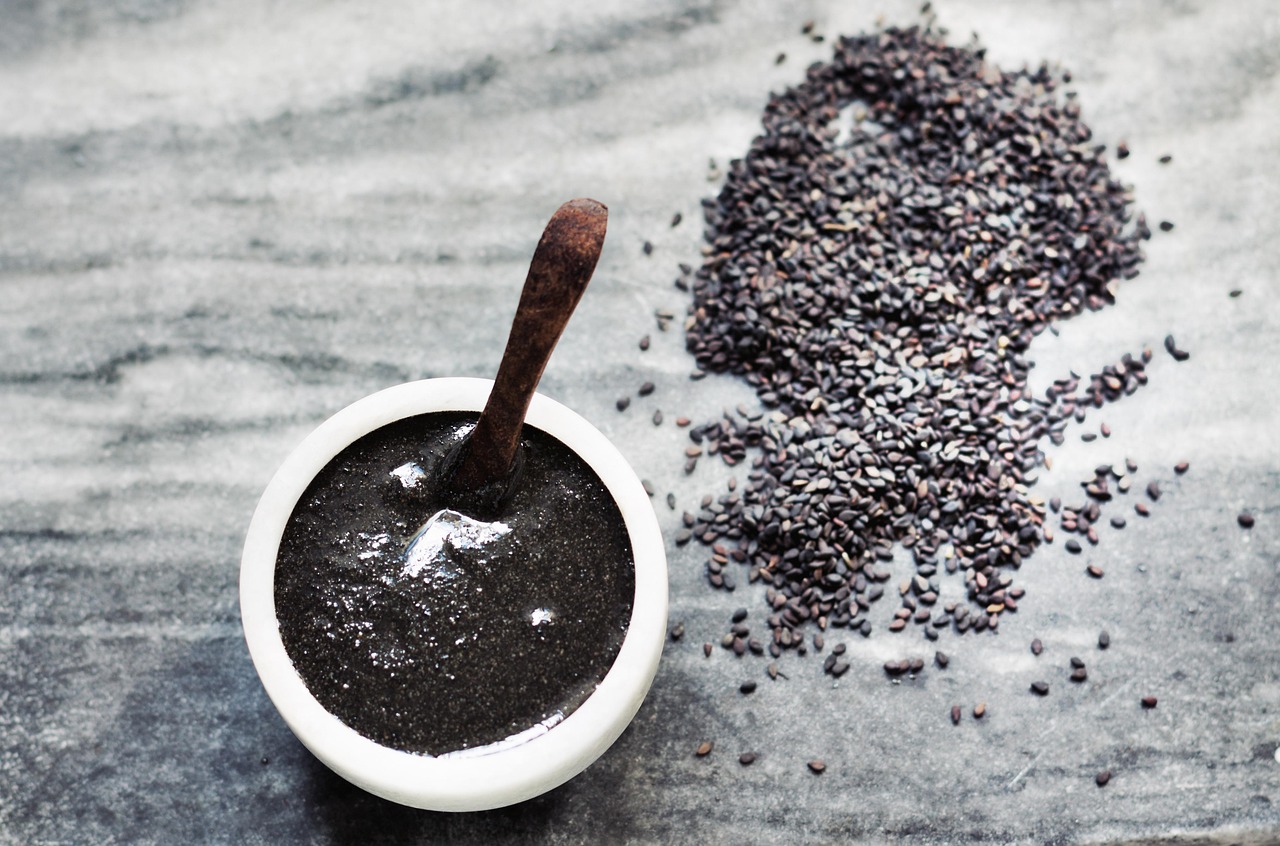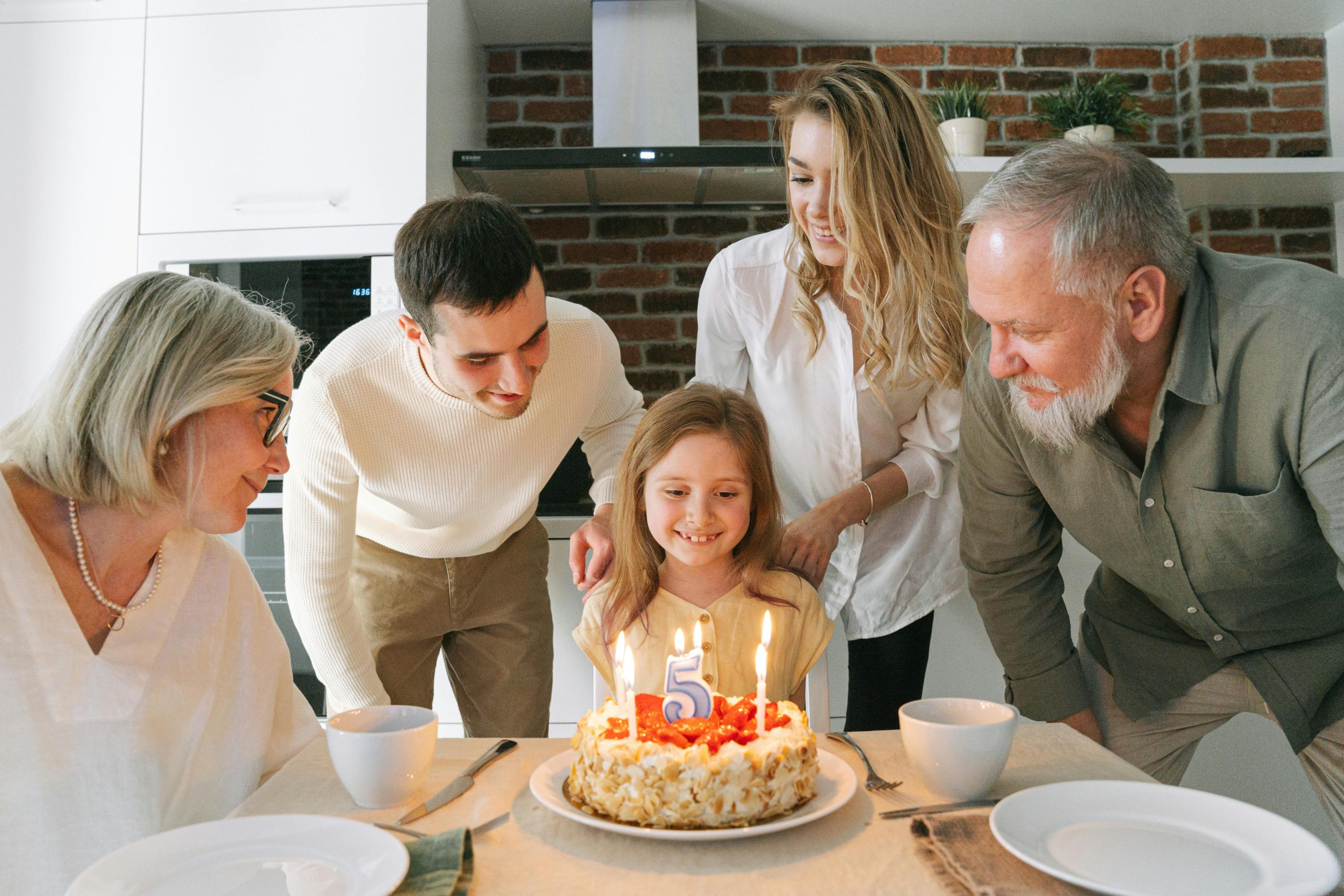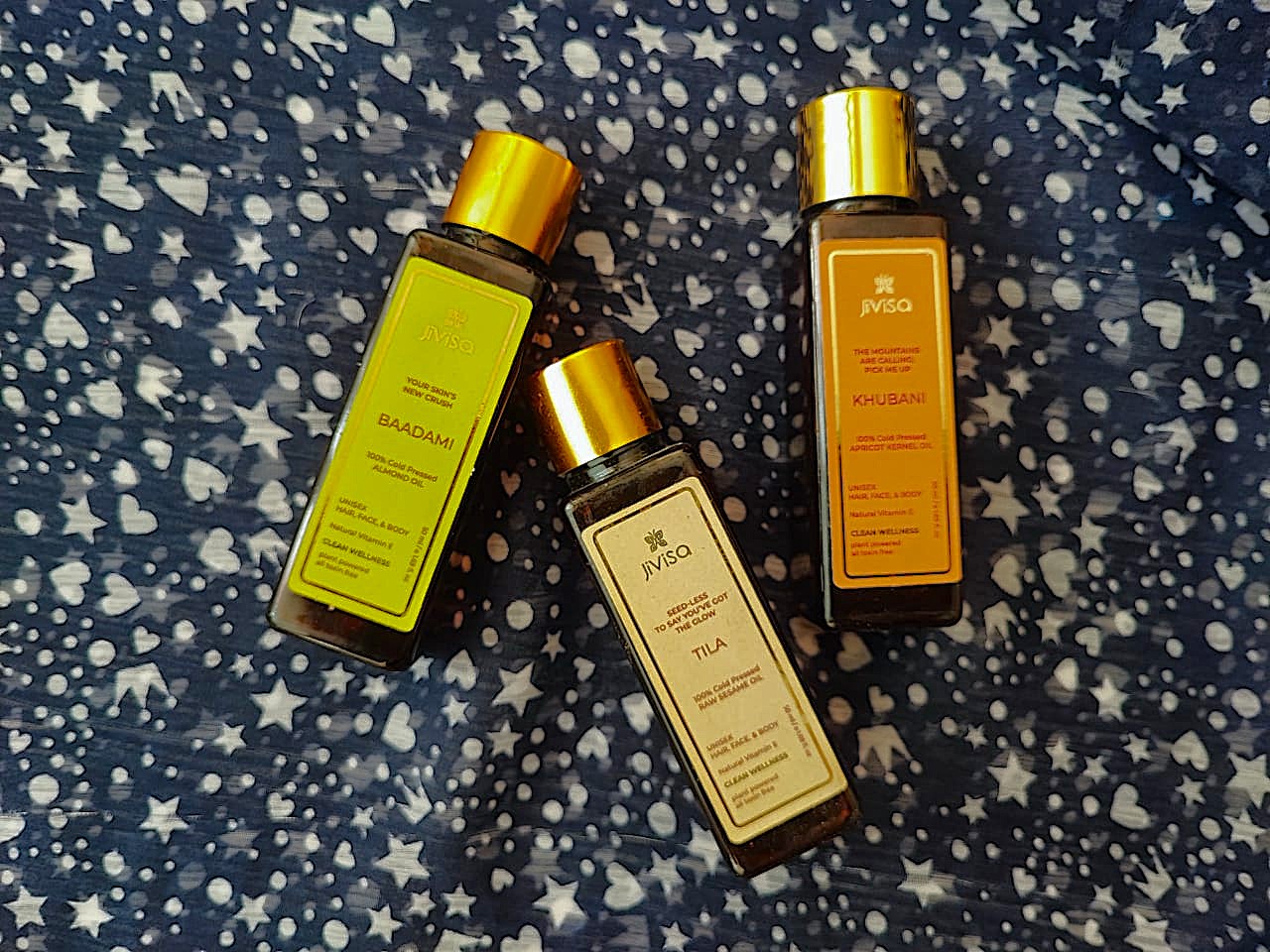My husband says, “Taste of the food is very important. There is no point of eating if the food does not taste good”. That’s true. However, for me, the first important thing is nutrition. If the food is not nutritious, then there is no relevance in eating. In order to keep my husband’s taste buds and even his body healthy, I have been concentrating on the method of cooking rather than the recipes as of now. These are some of my findings that might help you in keeping the nutrition of the food intact while cooking.
1. Method of Cooking
When my mom was making me learn cooking, she did not teach the terminology with respect to cooking. For instance, there is a difference between poaching, boiling and broiling. Now, I have learnt that there are tons of methods that include frying (my favourite), boiling, roasting, poaching, grilling, steaming, stir-fry, baking, microwaving, so on and so forth. While boiling is quite easy, experts maintain that it washes away almost 70 percent of the nutrients present in the food. As compared to boiling, methods like steaming, broiling and poaching retain the nutrients of the food and do not even require any fat for it. Next to these come baking, grilling and stir-fry. They require only minimal fat but are quite healthy. Raw food is also a great option as there is no fear of loss of nutrients in cooking. However, nutrients in vegetables like tomatoes, spinach, peppers and others increase when cooked. Oh! I forgot to mention about my favourite method – frying. It used to be my favourite earlier, but now, I know that frying or over-cooking food makes it hard to digest.
2. Type of Vessels
Iron vessels are one of the best things to prepare food. When the food is cooked in iron vessels, the iron content of the food goes up. It is interesting, right? However, iron vessels destroy the Vitamin C present in the food. Apart from iron, stainless steel and non-stick cookware is good for cooking. But, do not opt for copper, brass, bronze or aluminum cookware as they easily react with the acids present in the food.
3. Skin of Vegetables
Do not peel off a thick layer of vegetables. This is because highest amount of nutrients are present just below their skin. If you are boiling vegetables, if possible, then do not remove the skin at all. Lots of nutrients, especially vitamin C, B vitamins and Folic Acid are lost if skin is removed before boiling. If you are not happy with just washing the veggies, scrape their skin by using a sharp knife. This goes for vegetables like carrot, ginger or radish. I like eating veggies with their skin intact, especially potatoes. They are not only healthy but even taste better.
4. Size Matters
Yes it does, even while cooking. The smaller the size of cut vegetables, the less nutritious they become. This is because they are exposed to more oxygen, which destroys their nutrient. Also, experts fear that as the size gets smaller and smaller, there is loss of flavor, texture, hydration and coloration in vegetables. If you desire to preserve the nutrients, chop spinach, lettuce or cabbage roughly or coarsely. To preserve the nutrition in shredded veggies, you can either marinate or ferment them. Also, the finer the size of the veggies, the earlier they should be consumed to get all the nutrition from them. Prepare salad just before serving. Further, serve salad in close containers to avoid exposure.
5. Using Left-over water
When you plan to boil veggies, make sure that you do not discard the water used for boiling. Instead, use this water in soups or gravies. I always use the left-over curdled water or whey that I get after preparing cottage cheese at home. I knead dough with this water. The dough comes out really soft, spongy and slightly white in colour. The left-over water is loaded with nutrients that get removed in the process of boiling or curdling.
6. Reheating and Refrigerating
If you are like one of my friends, then you must be preparing extra batches of soup so that it could be relished in dinner and even the next day. You might be surprised to know that reheating food makes it less nutritious. The general rule is to eat fresh food. However, if you are pressed for time and feel the need to prepare food in large batches, then you need to follow some rules. After cooking the food, let it cool down for some time. Post this, cover it and refrigerate. Reheat only a required portion of food.
These are some of the tips that I have been following. While I did not notice a major change in taste, but I am assured that I am serving healthy food to my loved ones. If you are aware of some related tips, please do share in the comments section below.








Leave a Reply